Manufacturing Technologies
Manufacturing Technologies
Our Approach to Improving Manufacturing Technologies
■High Quality, Mass Production, Low Cost
Powdertech develops materials using strict quality control and aims for a “complete elimination of loss” to achieve high-quality mass production at low cost. We plan to further enhance productivity by launching new product lines and increase efficiency by planning and implementing new processes.

■ Safety and Environmental Conservation Start with Manufacturing Technologies
As a manufacturer of functional powder materials in a highly urbanized residential area, Powdertech continues to improve its manufacturing technologies to achieve environmentally friendly production with a focus on carbon neutrality, waste reduction, and maintaining a safe, comfortable work environment, premised on coexisting with the local community.
Scaling Up
Scaling up the production of new products designed through R&D is a critical issue in manufacturing technologies.
Our Process Engineering Group, acting as a bridge between development/design and the production floor, studies manufacturing parameters to enable a smooth ramping up to mass production, and offers customers flexible production arrangements and adjustment of the production scale to accommodate varying order volumes.
Quality Control
Our Approach to Quality Control
We strive to achieve the highest level of quality control to maintain the stability and consistency of our product characteristics by selecting raw materials with low variability and ensuring consistent manufacturing conditions. We implement various methods of quality control, including upgrading the knowledge and skills of our technicians and improving and expanding our lineup of analyzing equipment.
Evaluation and Analyzing Equipment
Powdertech offers a full lineup of equipment for accurate evaluation and analysis. In instrumental analysis, we are able expand our lines of equipment in a timely fashion as required by customers.

-
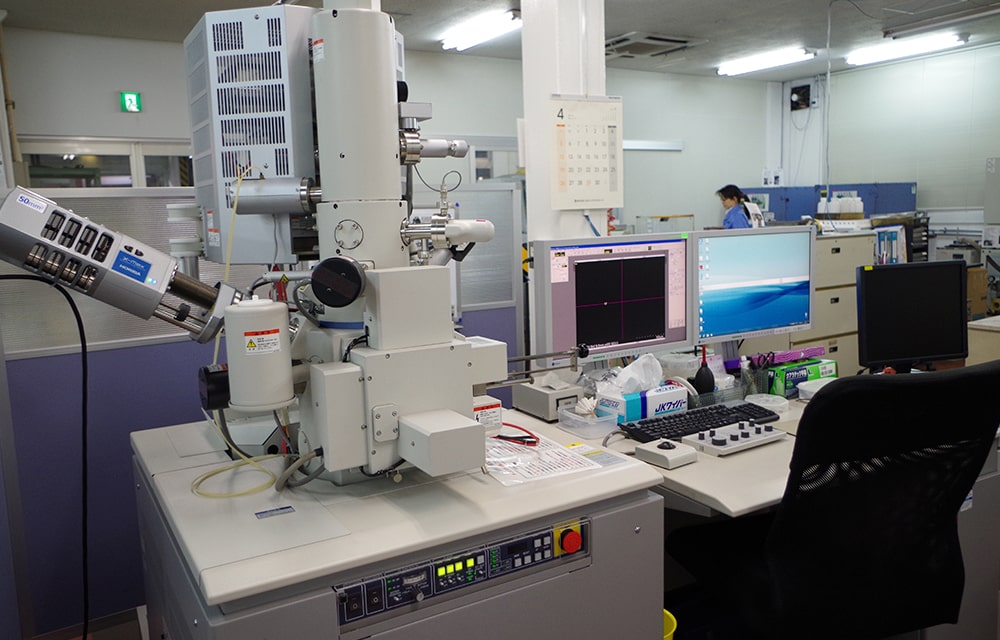
Field Emission Scanning Electron Microscope (SEM)
Apparatus used to analyze the surface of a sample by applying an electron beam; the deep focal depth enables three-dimensional inspection with micrographs
-
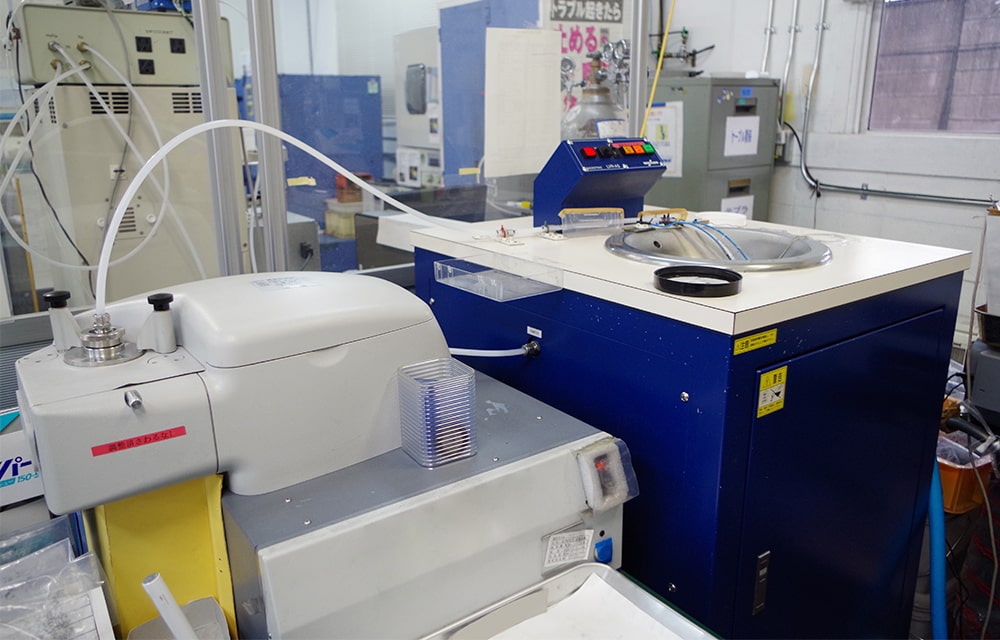
Laser Diffraction/Scattering Particle Size Analyzer
Our particle size analyzer that uses laser diffraction and scattering is capable of measuring distributions from 0.02 to 2,000 μm
-
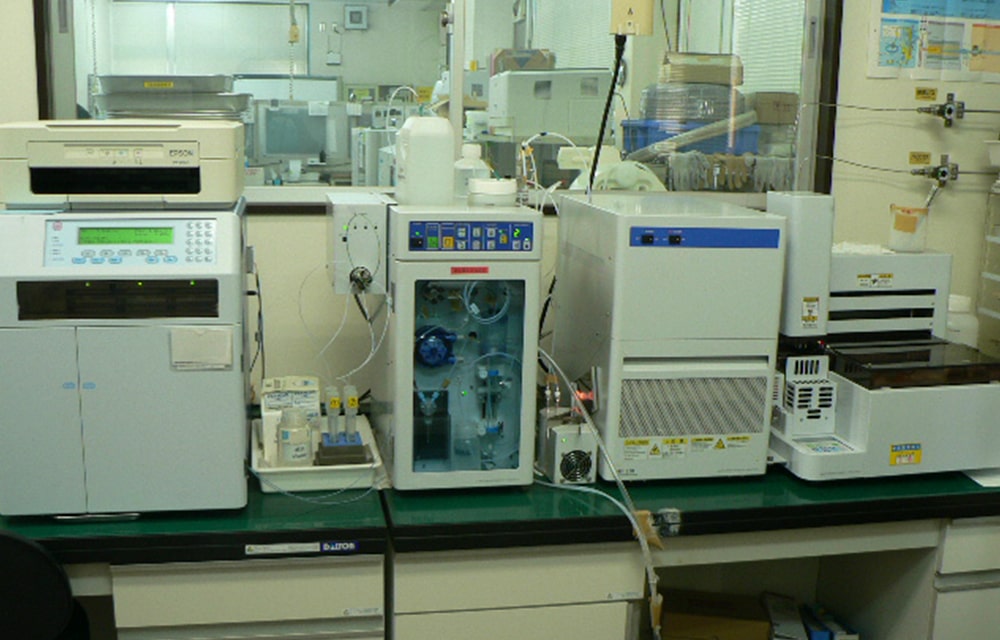
Ion Chromatograph (IC)
Apparatus that uses liquid chromatography to detect ionic components in a liquid sample
-
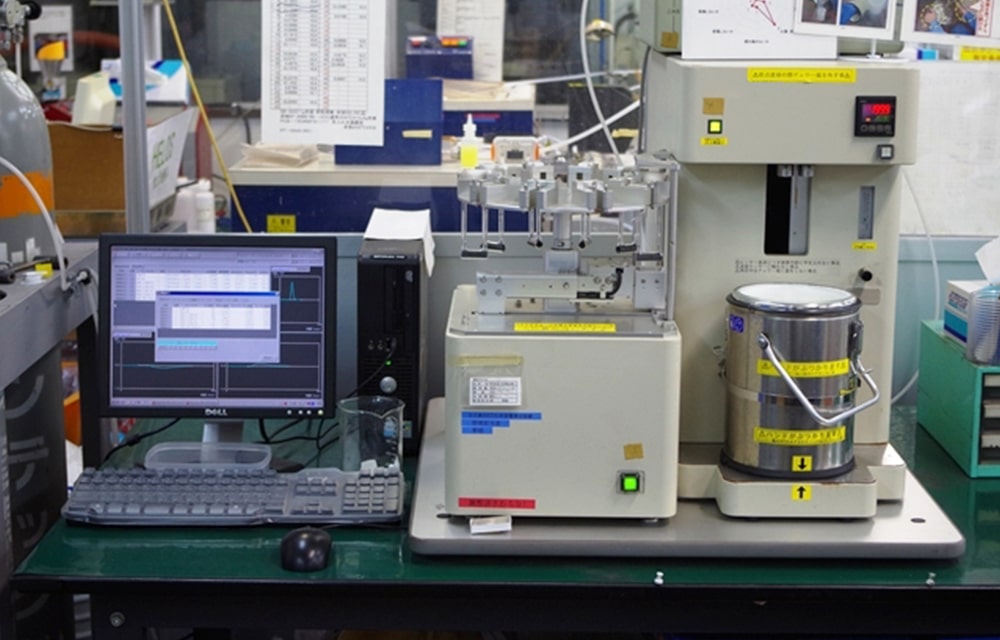
BET Specific Surface Area Meter
A device that determines the specific surface area of a sample by adsorbing molecules with a known adsorption occupancy area on the surface of powder particles at the temperature of liquid nitrogen
-
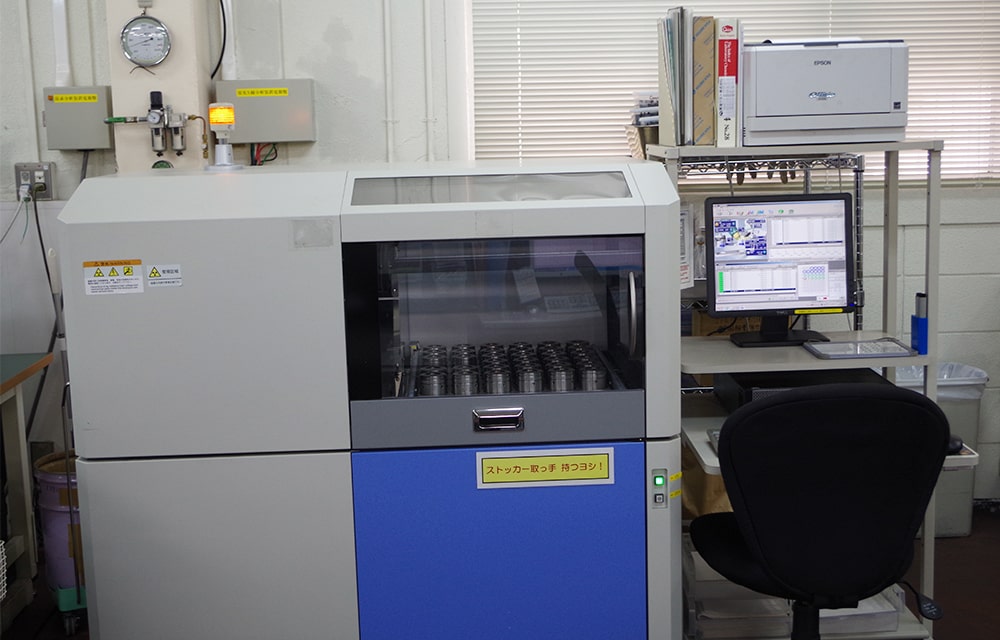
X-ray Fluorescence Spectrometer (XRF)
An analytical instrument that performs a multi-elemental analysis using an X-ray photon beam directed at a sample to determine which elements are present and in what quantities
-
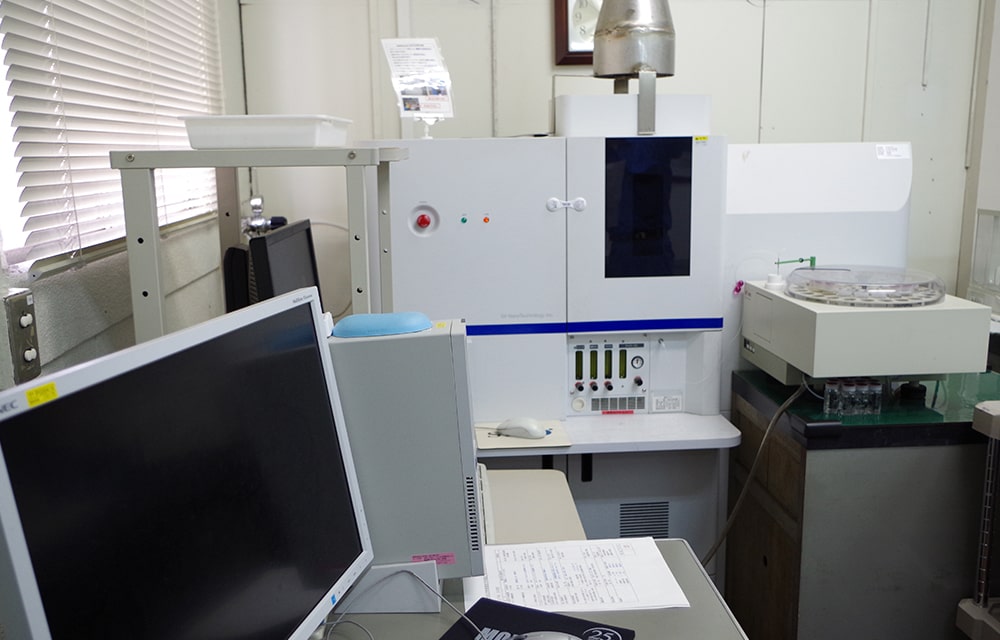
Inductively Coupled Plasma Atomic Emission Spectrophotometer (ICP-AES)
An instrument that emits element-specific spectra (wavelengths of light) to illuminate a nebulized solution introduced into argon plasma and determine the presence of elements (qualitative) from these spectra and their concentration (quantitative) from the intensity of light emission
-
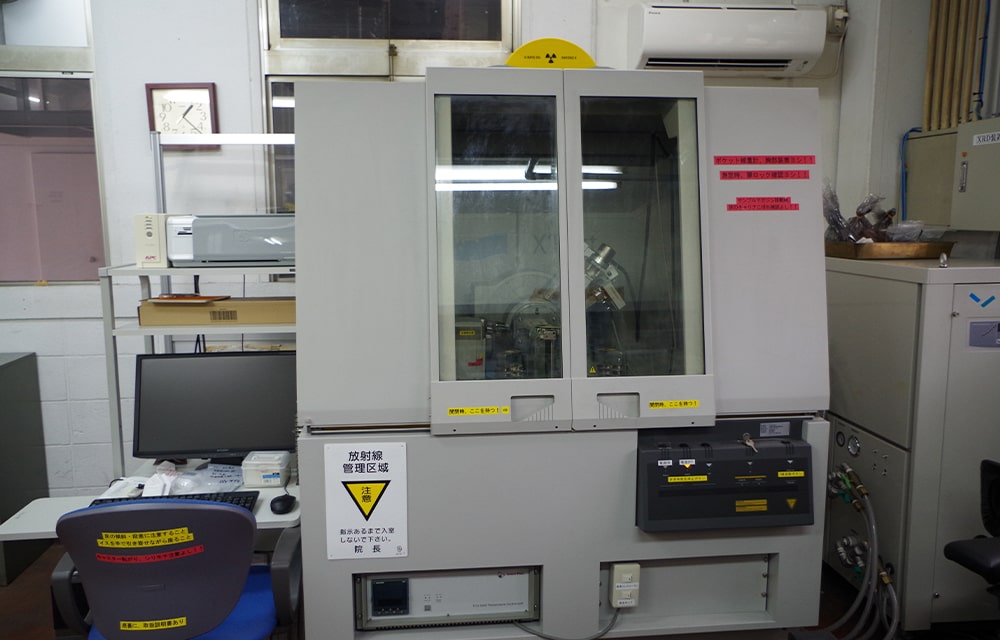
X-ray Diffractometer (XRD)
An instrument that obtains information on the crystal structure of a sample from its diffraction pattern and can identify crystalline materials and determine the size of crystals (several nm to 100 nm)
-
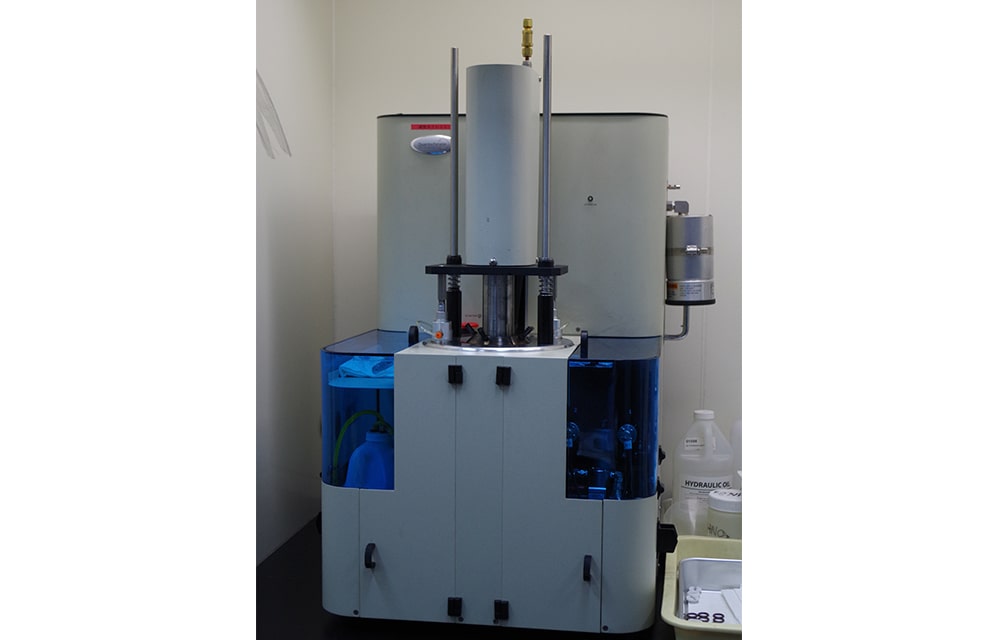
Pore Distribution Measuring Device (Mercury Porosimeter)
An instrument that measures the size distribution of pore structures from the amount of mercury (a non-wetting liquid) forced into each pore under pressurization; sizes from several nm to several thousand μm can be measured in a short time
